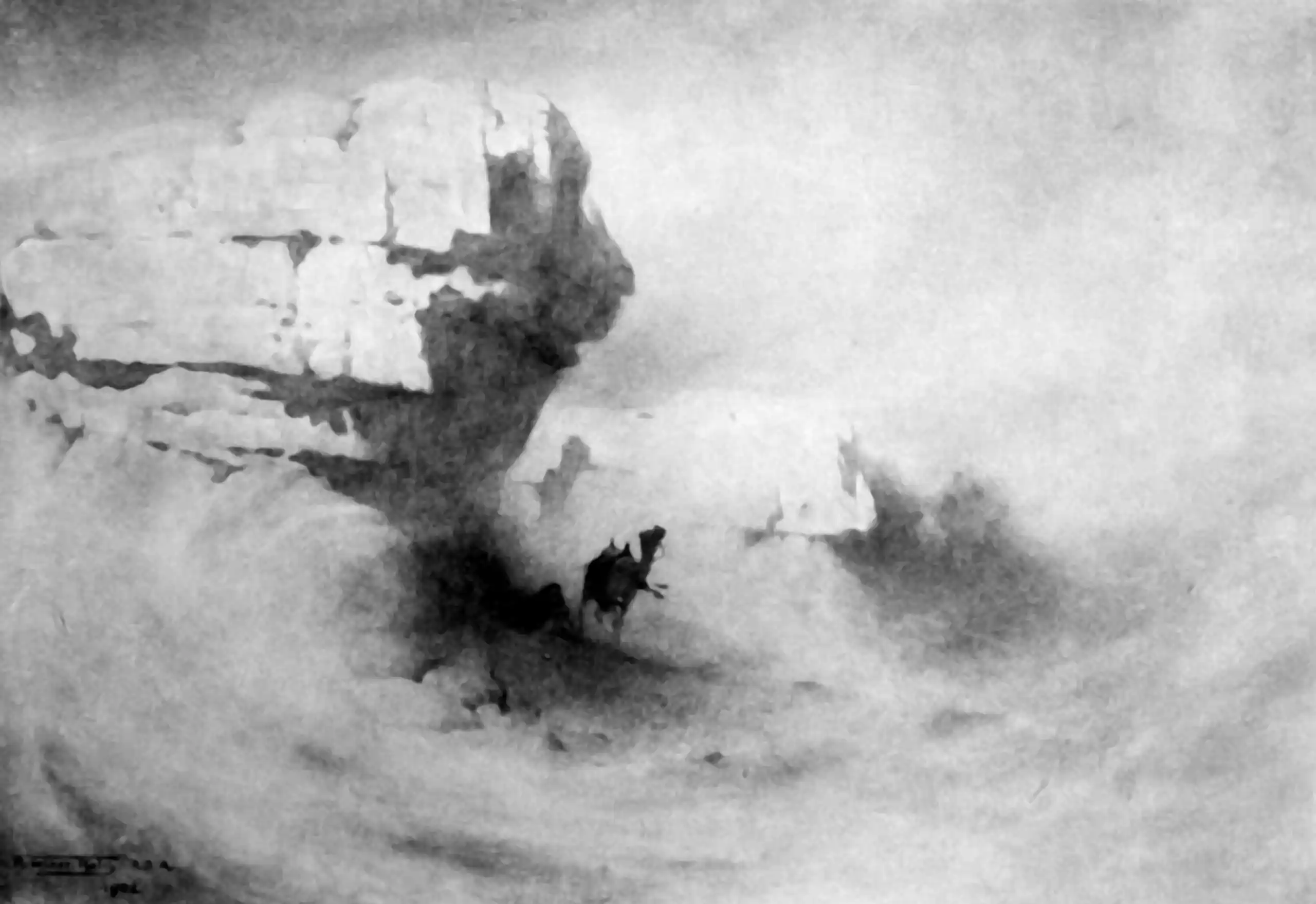Blind deconvolution
March 1, 2015 — July 27, 2016
convolution
functional analysis
linear algebra
probability
signal processing
sparser than thou
statistics
Simultaneous deconvolution and system identification. Deconvolving a signal without knowing what it was convolved with (how blurry it is or what kind of blur it was). Say, reconstructing the pure sound of an instrument, and the sound of the echo in a church, from a recording made in a reverberant church, without knowing which church it was.
If you can find some way of making your problem linear-ish, and your signal is “sparse”, this turns out, amazingly, to be sometimes tractable.
🏗 cite Vetterli’s grad student, name TBC.
- Blind Image Deblurring With Unknown Boundaries Using the Alternating Direction Method of Multipliers
- Analysis Operator Learning and Its Application to Image Reconstruction
- Image Deconvolution using Sparse Regularization
1 References
Ahmed, Recht, and Romberg. 2012. “Blind Deconvolution Using Convex Programming.” arXiv:1211.5608 [Cs, Math].
Almeida, and Figueiredo. 2013. “Blind Image Deblurring with Unknown Boundaries Using the Alternating Direction Method of Multipliers.” In 2013 IEEE International Conference on Image Processing.
Arjas, Roininen, Sillanpää, et al. 2020. “Blind Hierarchical Deconvolution.” In.
Babacan, Molina, Do, et al. 2012. “Bayesian Blind Deconvolution with General Sparse Image Priors.” In Computer Vision – ECCV 2012. Lecture Notes in Computer Science 7577.
Bahmani, and Romberg. 2014. “Lifting for Blind Deconvolution in Random Mask Imaging: Identifiability and Convex Relaxation.” arXiv:1501.00046 [Cs, Math, Stat].
Beck, and Teboulle. 2009. “A Fast Iterative Shrinkage-Thresholding Algorithm for Linear Inverse Problems.” SIAM Journal on Imaging Sciences.
Benichoux, Vincent, and Gribonval. 2013. “A Fundamental Pitfall in Blind Deconvolution with Sparse and Shift-Invariant Priors.” In ICASSP-38th International Conference on Acoustics, Speech, and Signal Processing-2013.
Delaigle, and Hall. 2015. “Methodology for Non-Parametric Deconvolution When the Error Distribution Is Unknown.” Journal of the Royal Statistical Society: Series B (Statistical Methodology).
Delaigle, and Meister. 2008. “Density Estimation with Heteroscedastic Error.” Bernoulli.
Fan. 1992. “Deconvolution with Supersmooth Distributions.” Canadian Journal of Statistics.
Hall, and Meister. 2007. “A Ridge-Parameter Approach to Deconvolution.” The Annals of Statistics.
Liu, Chang, and Ma. 2012. “Blind Image Deblurring by Spectral Properties of Convolution Operators.” arXiv:1209.2082 [Cs].
Meister. 2008. “Deconvolution from Fourier-Oscillating Error Densities Under Decay and Smoothness Restrictions.” Inverse Problems.
Schuler, Hirsch, Harmeling, et al. 2014. “Learning to Deblur.” arXiv:1406.7444 [Cs].
Smaragdis. 2004. “Non-Negative Matrix Factor Deconvolution; Extraction of Multiple Sound Sources from Monophonic Inputs.” In Independent Component Analysis and Blind Signal Separation. Lecture Notes in Computer Science.
Stockham, Cannon, and Ingebretsen. 1975. “Blind Deconvolution Through Digital Signal Processing.” Proceedings of the IEEE.
